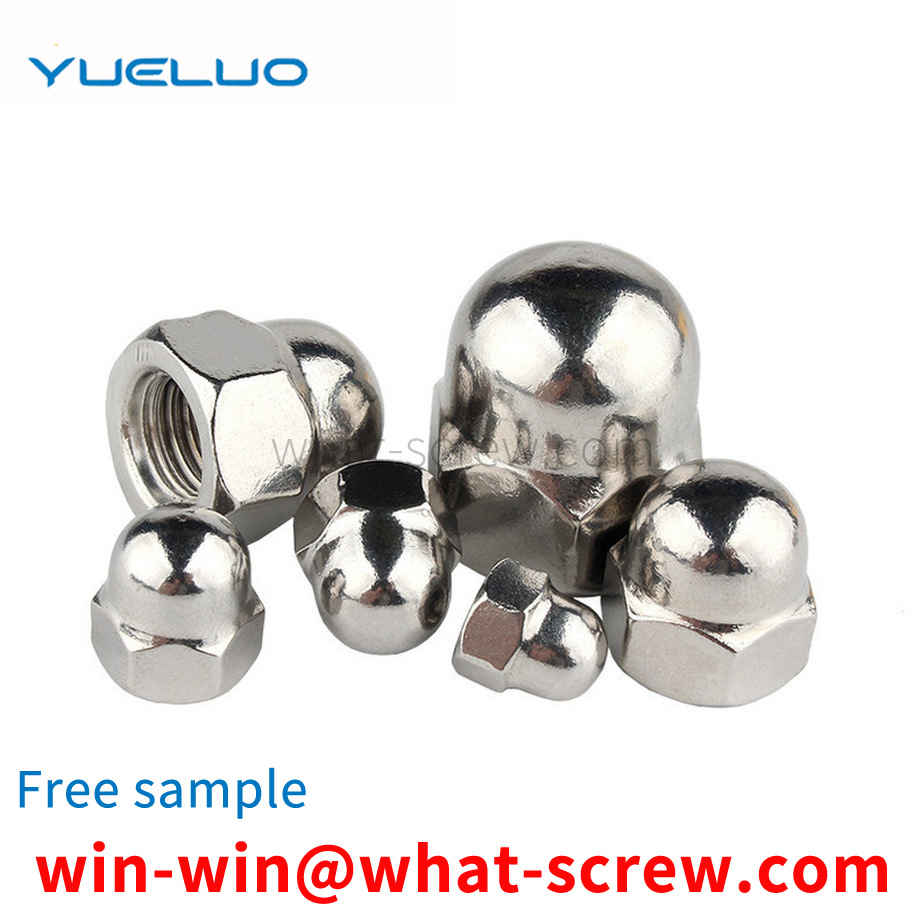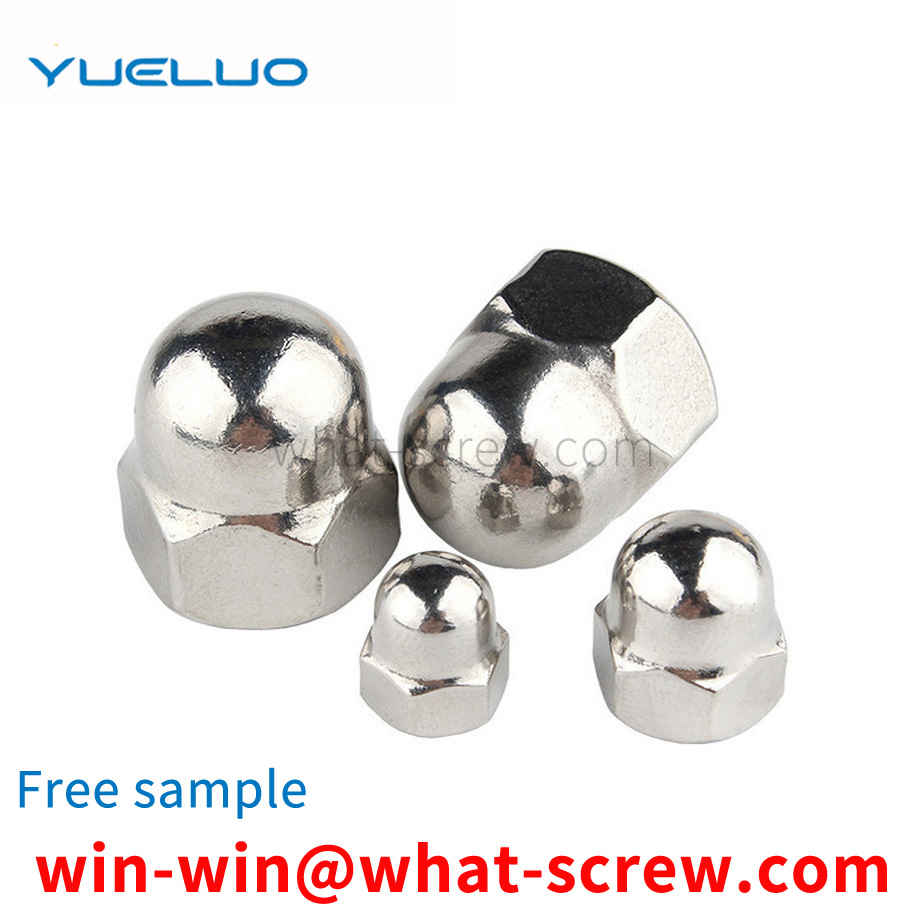Generally known bolts refer to screws with a larger diameter. According to this statement, the diameter of screws is much smaller than that of bolts. Stud bolts do not have a head, and some are called studs. Both ends of the stud are threaded, with no thread in the middle and a smooth rod in the middle. Studs are used on large equipment such as gear racks. In actual use, the external load will have vibration and the influence of temperature will reduce the frictional force, and the threaded connection will loosen and fail over time. Therefore, it is necessary to do a good job in the maintenance of the stud bolts at ordinary times. Stud bolts or anchor bolts will have problems under the action of mechanical friction for a long time. When problems occur, the engine oil pan should be removed, and the use of the engine bearing bushes should be carefully checked, and the clearance between the bearing bushes should be checked. Whether it is too large, if the gap is too large, it should be replaced in time. When replacing the stud bolts, also replace the connecting rod bolts. When some large equipment such as nail making machines are in normal operation, if they find that the engine is not running very stable or there is abnormal noise, they should stop and check in time to avoid bigger problems.
Wood screws, one of which is a polished rod, the angle and pitch of the teeth of the wood screws and self-tapping are different. Self-tapping screws have high hardness, wide thread spacing, deep threads, and uneven surface, while wood screws are the opposite. Another difference is more obvious. Wood screws have no threads at the rear. Self-tapping screws are generally subject to heat treatment, and wood screws are not required. The concept of self-tapping screws is actually very general, because there are many kinds of them according to different head types. Use of wood screws: Similar to machine screws, but the thread on the screw is a special rib for wood screws, which can be directly screwed into wooden components (or parts).
Locking of screws belongs to the prior art. Or by means of a visual method (X-ray control) a more or less complex aiming device is inserted into the transverse hole of the screw. In both cases a certain misalignment is unavoidable, ie the screw may not be coaxial with the central axis of the transverse hole and deviate from it by a certain value. In order for the locking screw to pass into and through the transverse hole despite this misalignment, the outer diameter of the screw is determined to be a size smaller than the diameter of the transverse hole. If the aiming is not maintained within this small dimension value, the locking screw can pass through the transverse hole without difficulty despite the aiming error. Now, however, the locking screw has a certain clearance relative to the transverse hole due to the determination of a smaller size value.
In the prior art, after the screw is screwed into the workpiece, rust inhibitor is dripped on the edge of the screw to prevent rust in the later stage, but this traditional dripping method of rust inhibitor often produces rust inhibitor during the dripping process. Difficult to penetrate, or the problem that the anti-rust oil cannot penetrate due to the tight contact between the screw thread and the thread groove. In terms of material saving, the traditional anti-rust of screws often causes a lot of waste of anti-rust agent, and cannot achieve a good anti-rust effect of screws.
The automatic screw-removing device includes a manipulator and a screw-removing mechanism arranged on the manipulator, and the electric batch can drive the bit to rotate to remove the screws. Therefore, the above-mentioned automatic screw removal device can automatically remove the screws, which improves the removal efficiency and reduces the production cost. At the same time, the above-mentioned automatic screw removal device determines the coordinates of the screw through the visual recognition unit, which improves the degree of screw positioning, thereby improving the yield of the screw removal. The above-mentioned screw removal method can realize the automatic removal of the screw, and adsorb the screw through the bit head and drive the screw away from the workpiece.
We have many years of experience in the production and sales of screws, nuts, and flat washers. Firmware Solutions.



















 Service Hotline
Service Hotline




